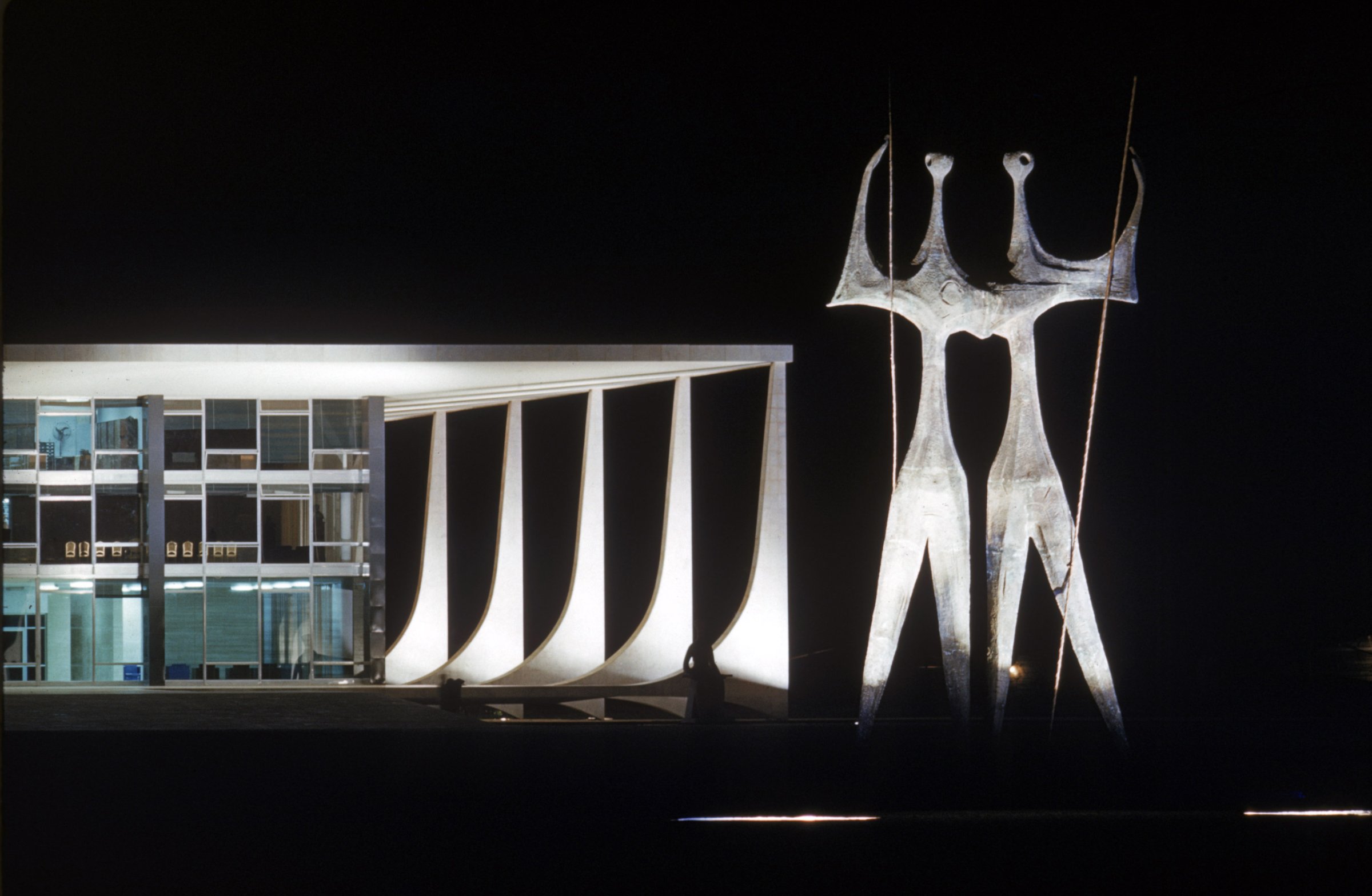
As all eyes turn to Rio de Janeiro for the 2016 Summer Olympics, the Brazilian city will try to present its best face—a somewhat controversial one—to the world. But the new buildings that will host the games aren’t the first examples of a Brazilian city transforming itself in short order. In fact, it’s nothing compared to what happened in the late 1950s, when the nation’s capital moved from Rio to Brasília.
As LIFE explained in 1958, “the building of a new Brazilian capital has been an article of the constitution of the republic since 1891, when it was already apparent that Rio de Janeiro, crowded between sea and mountains, could not forever serve a nation with so vast a hinterland.” Oscar Niemeyer was the architect selected to design the first buildings of the new capital—in a location that was then so remote that the workers had to be airlifted in before the roads were built.
Niemeyer was known for what LIFE in 1959 summed up as “startling designs of poured concrete.” Dmitri Kessel photographed his work in Brasília for the magazine, though most of these images would never run on its pages. Even a half-century later, it’s easy to see why their stark facades and swooping lines would be chosen to bring a nation into the future. The city was officially established in 1960.
“Until Brasília, I regarded architecture as an exercise to be practiced in a sporting spirit and nothing more,” Niemeyer, who died in 2012, once said. “Now I live for Brasília.”


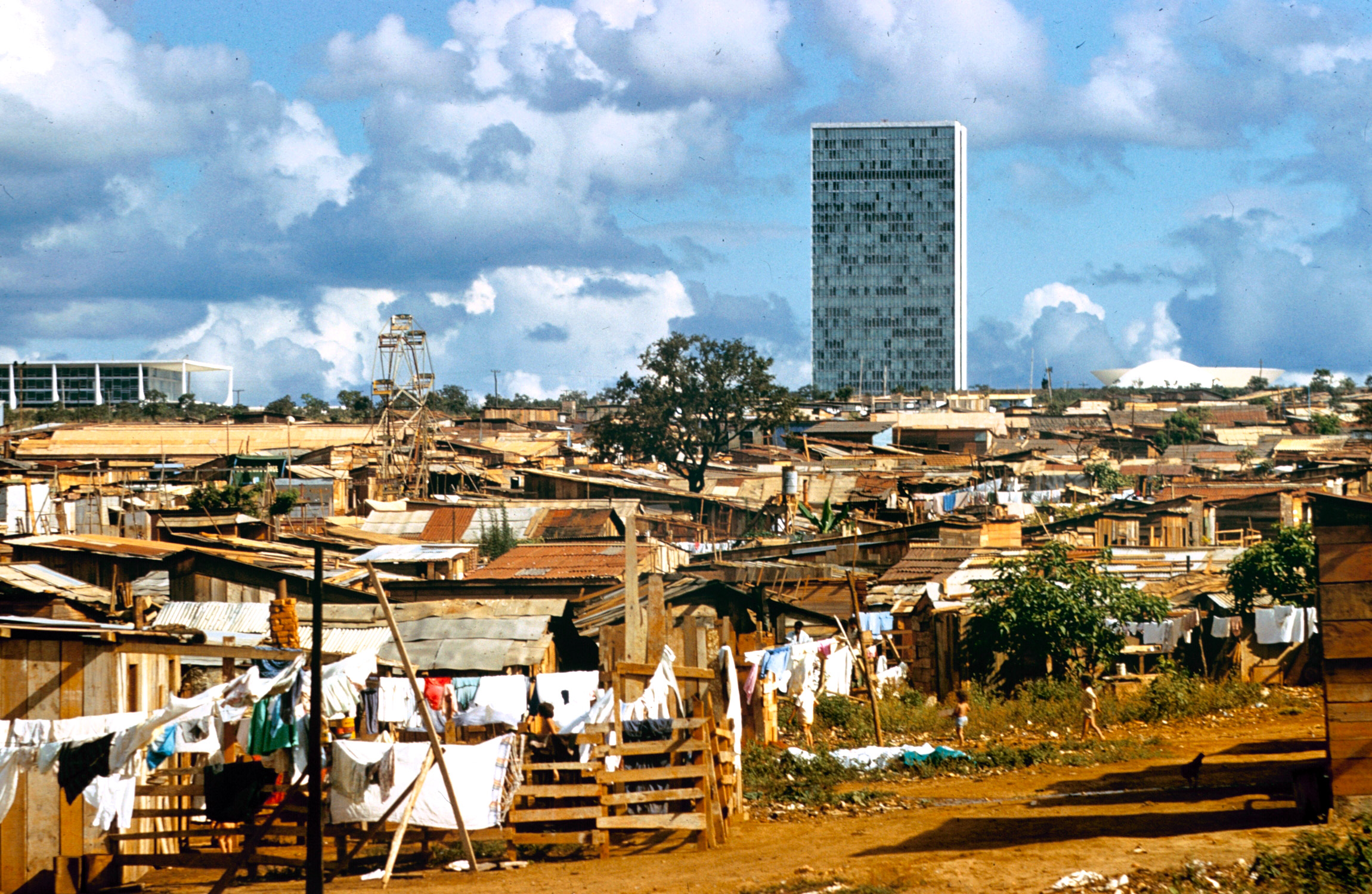
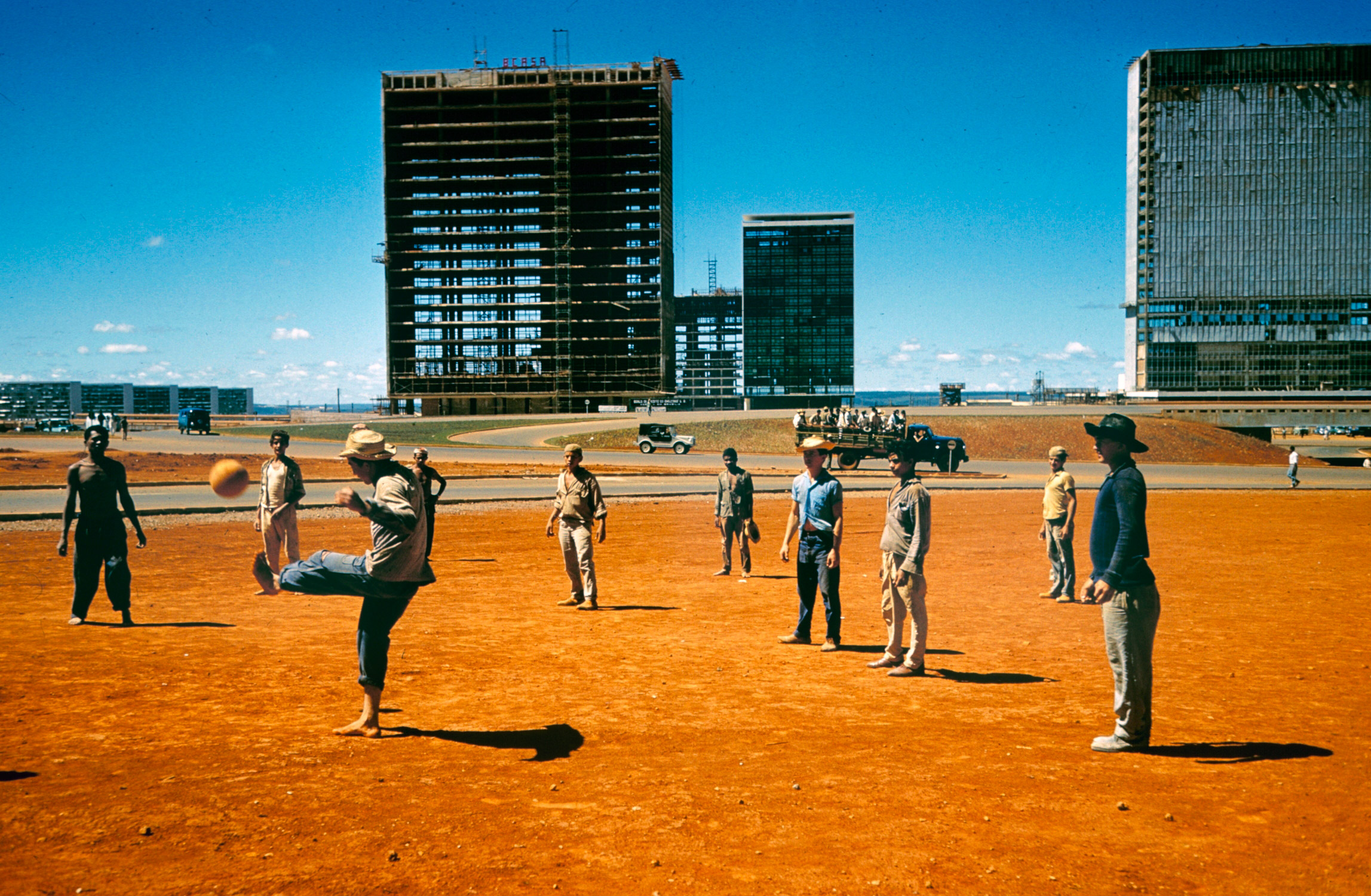
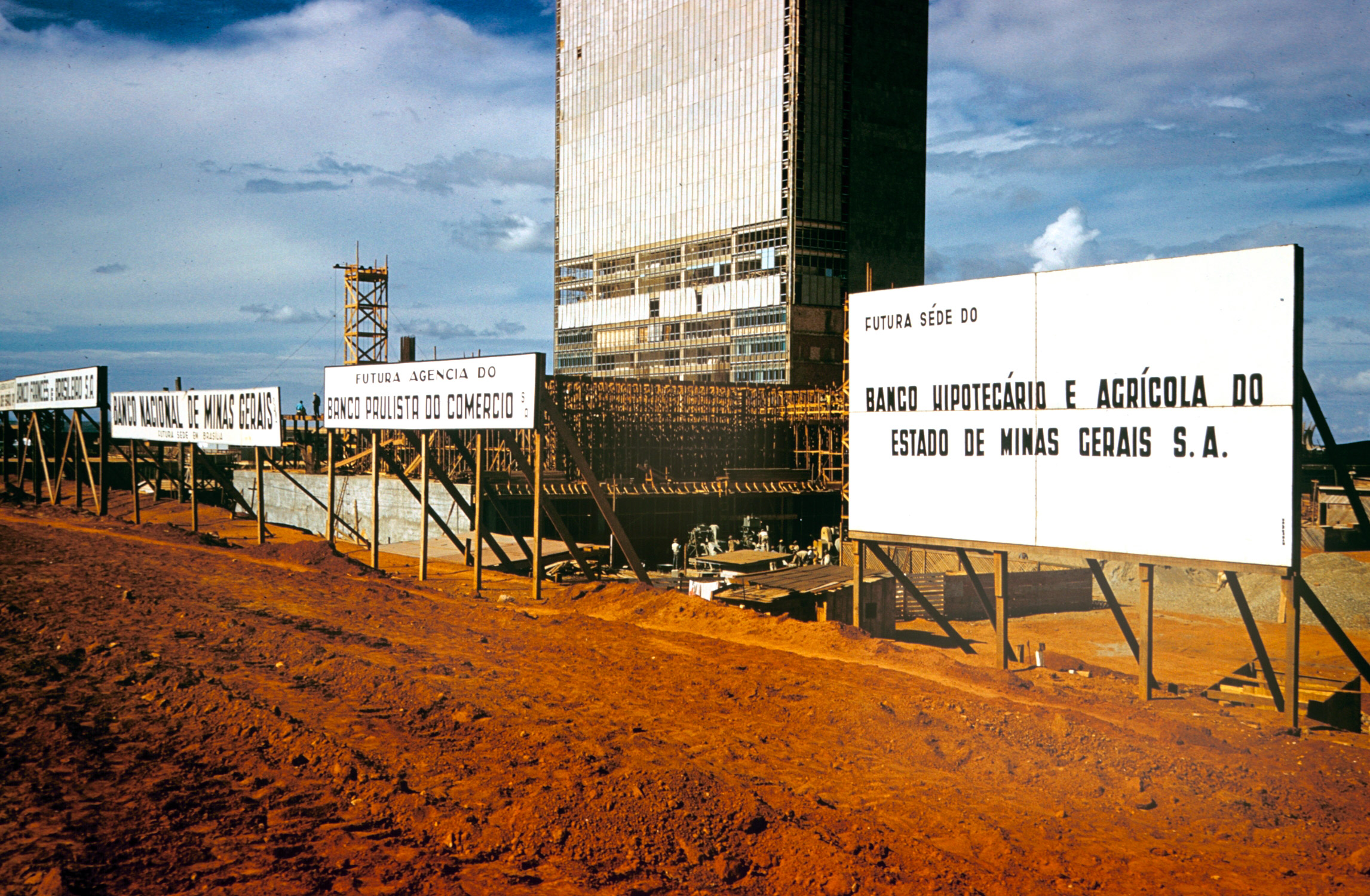
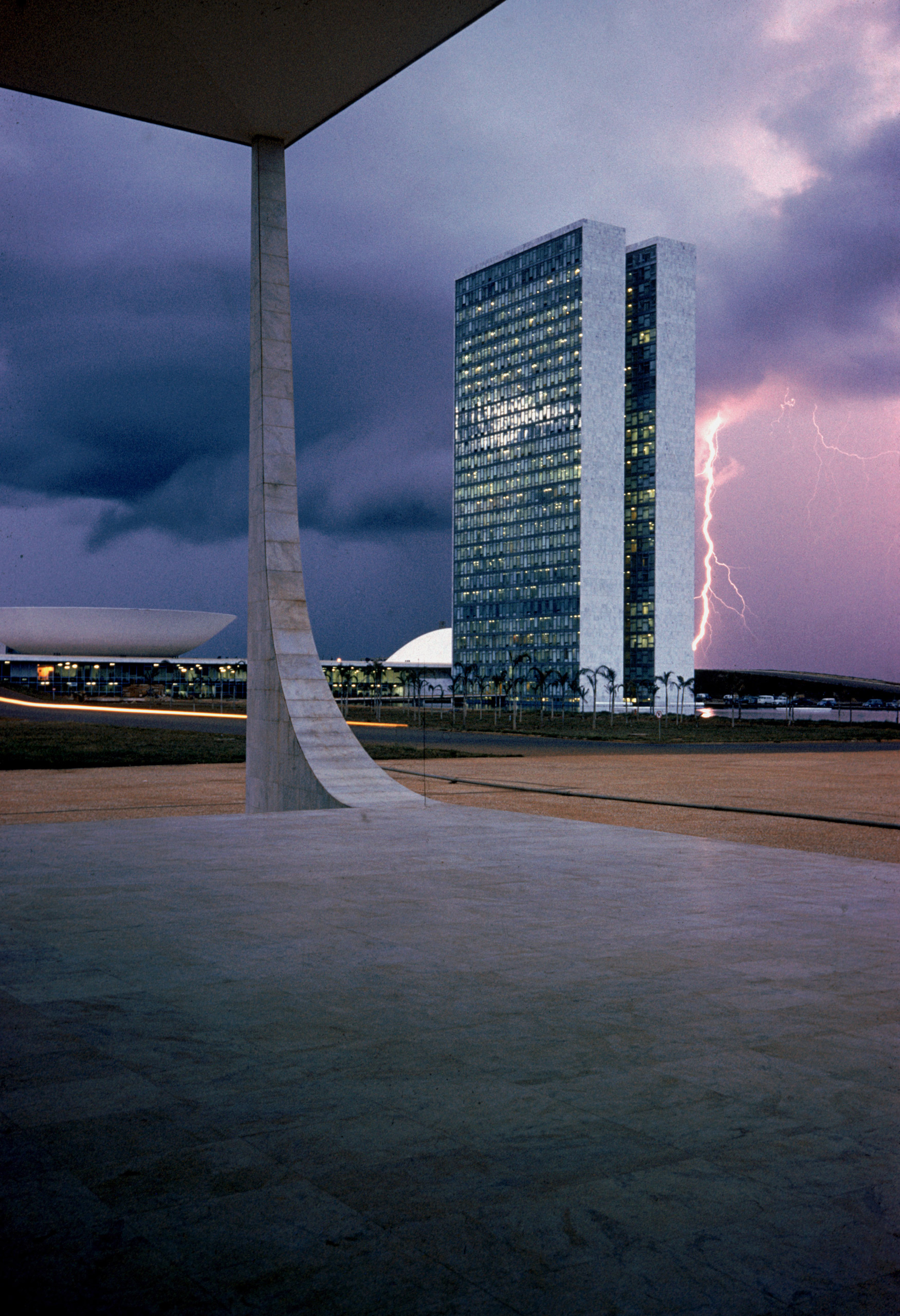
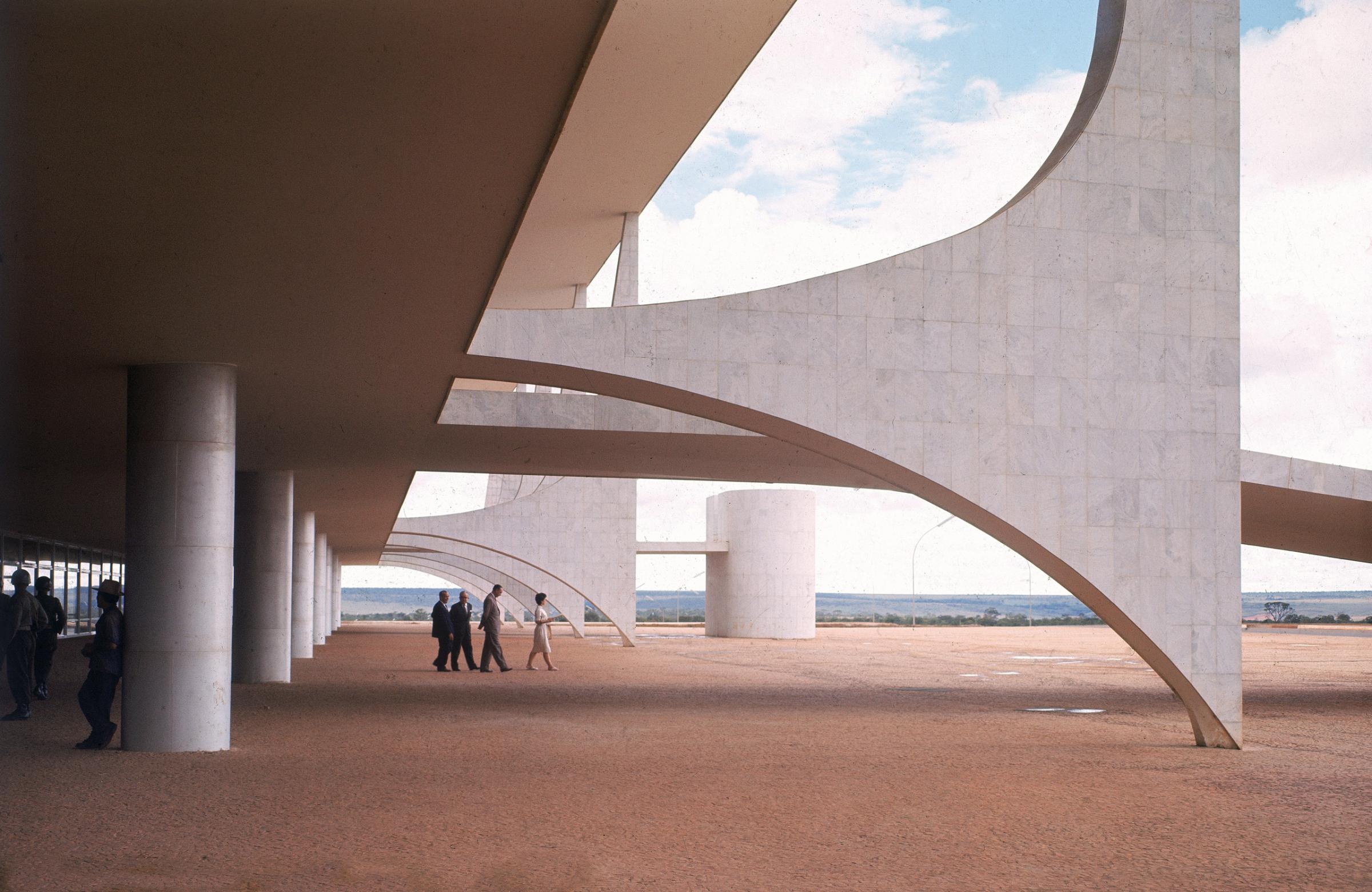


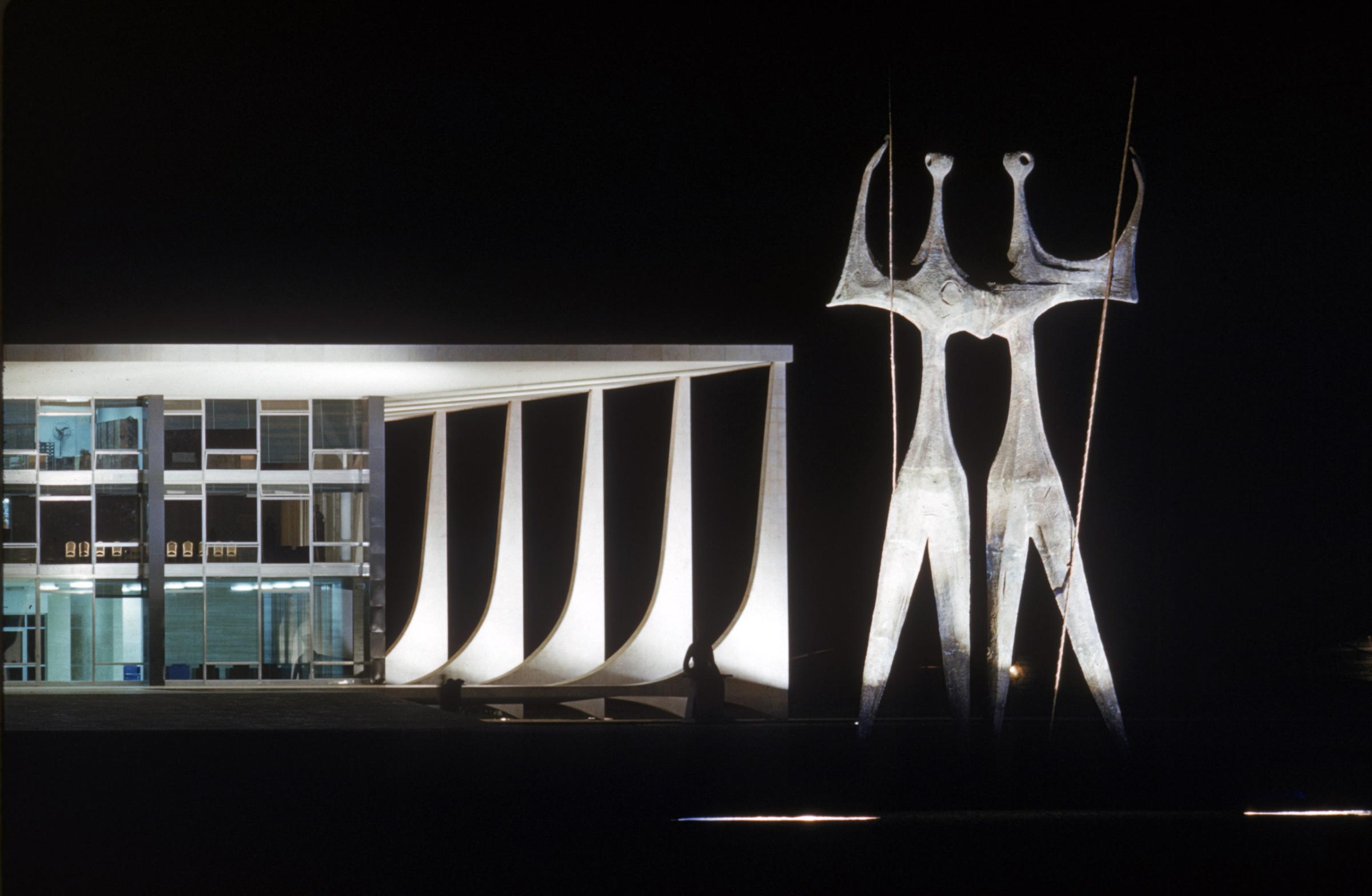
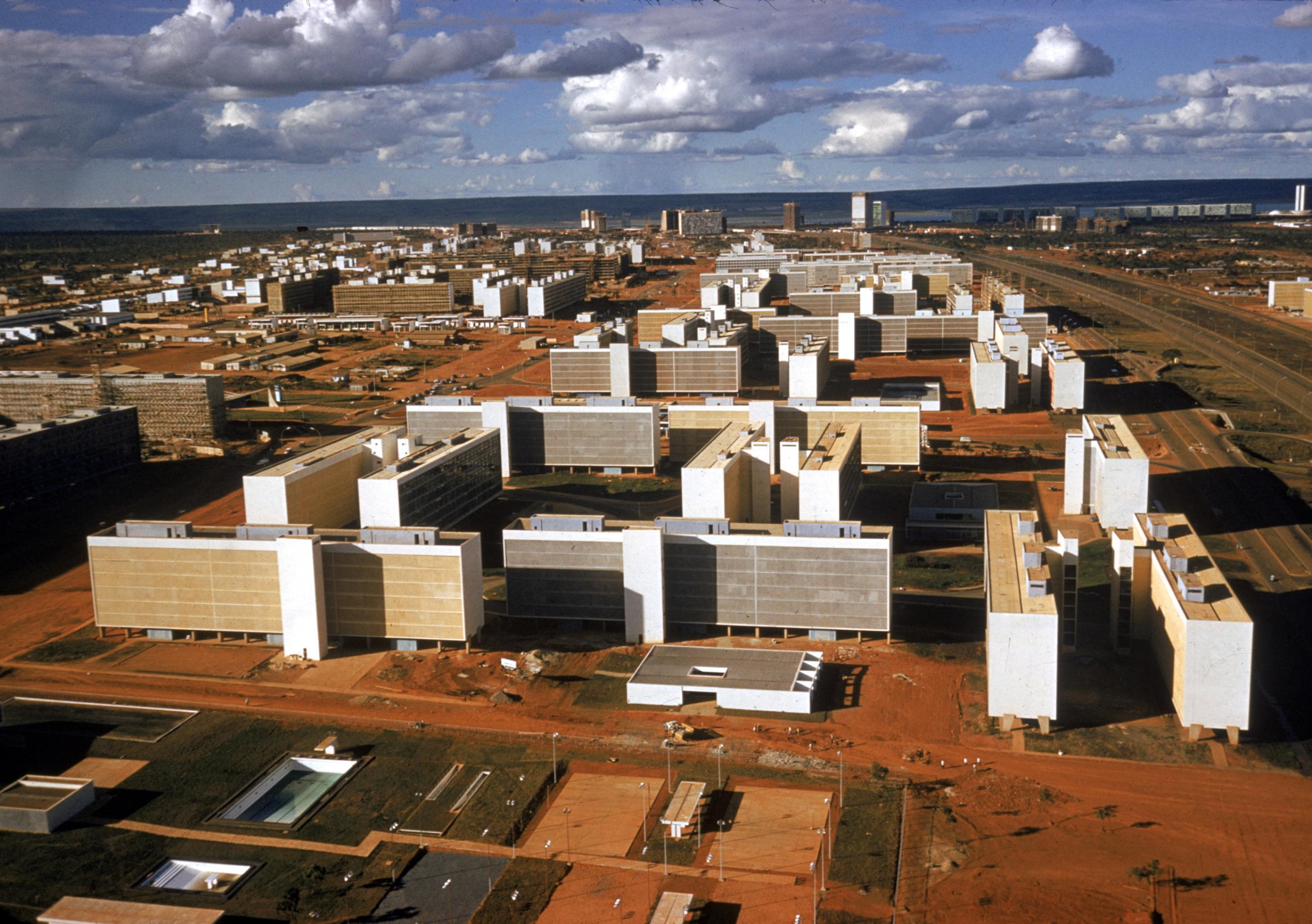

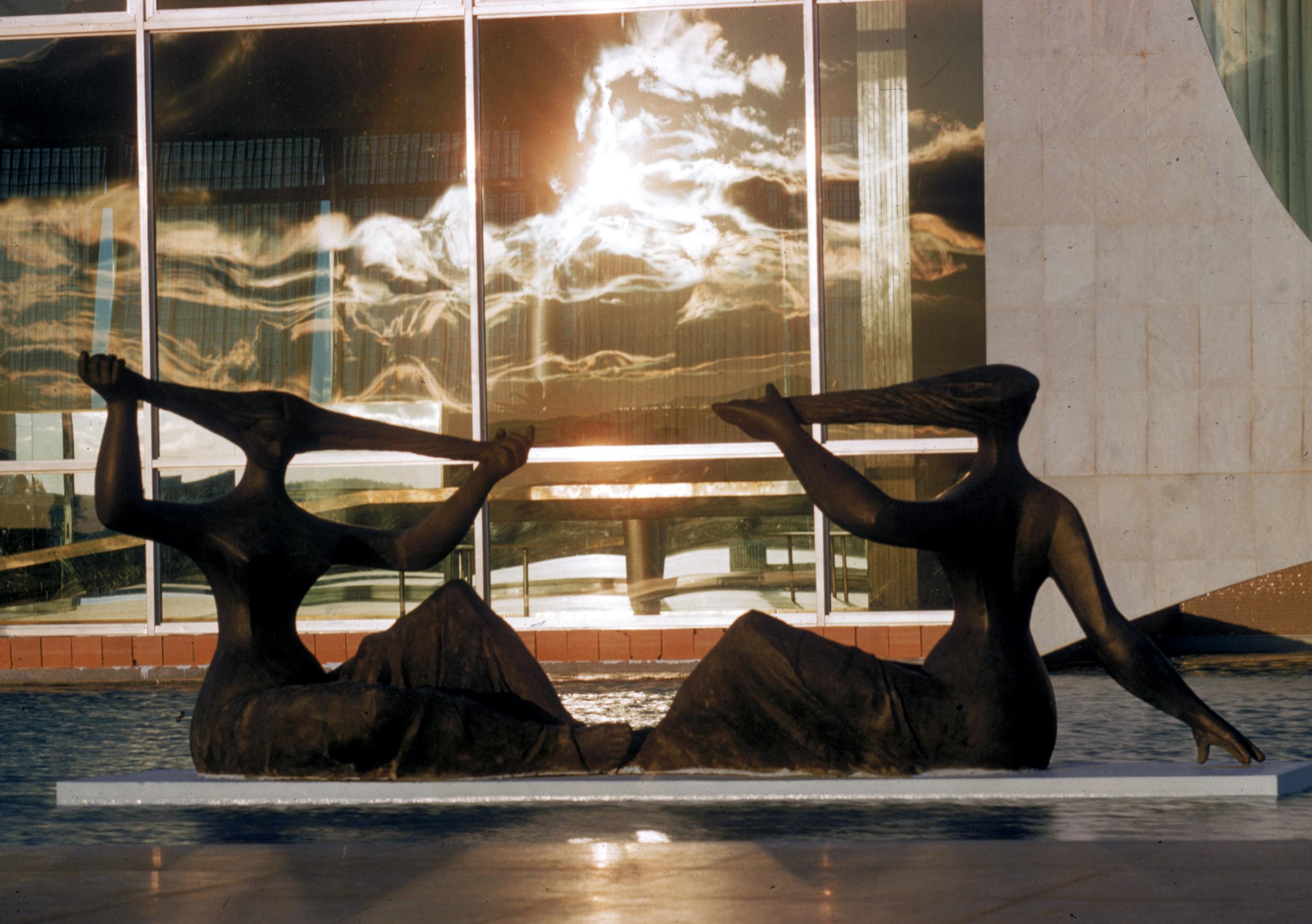

More Must-Reads from TIME
- Cybersecurity Experts Are Sounding the Alarm on DOGE
- Meet the 2025 Women of the Year
- The Harsh Truth About Disability Inclusion
- Why Do More Young Adults Have Cancer?
- Colman Domingo Leads With Radical Love
- How to Get Better at Doing Things Alone
- Michelle Zauner Stares Down the Darkness
Write to Lily Rothman at lily.rothman@time.com